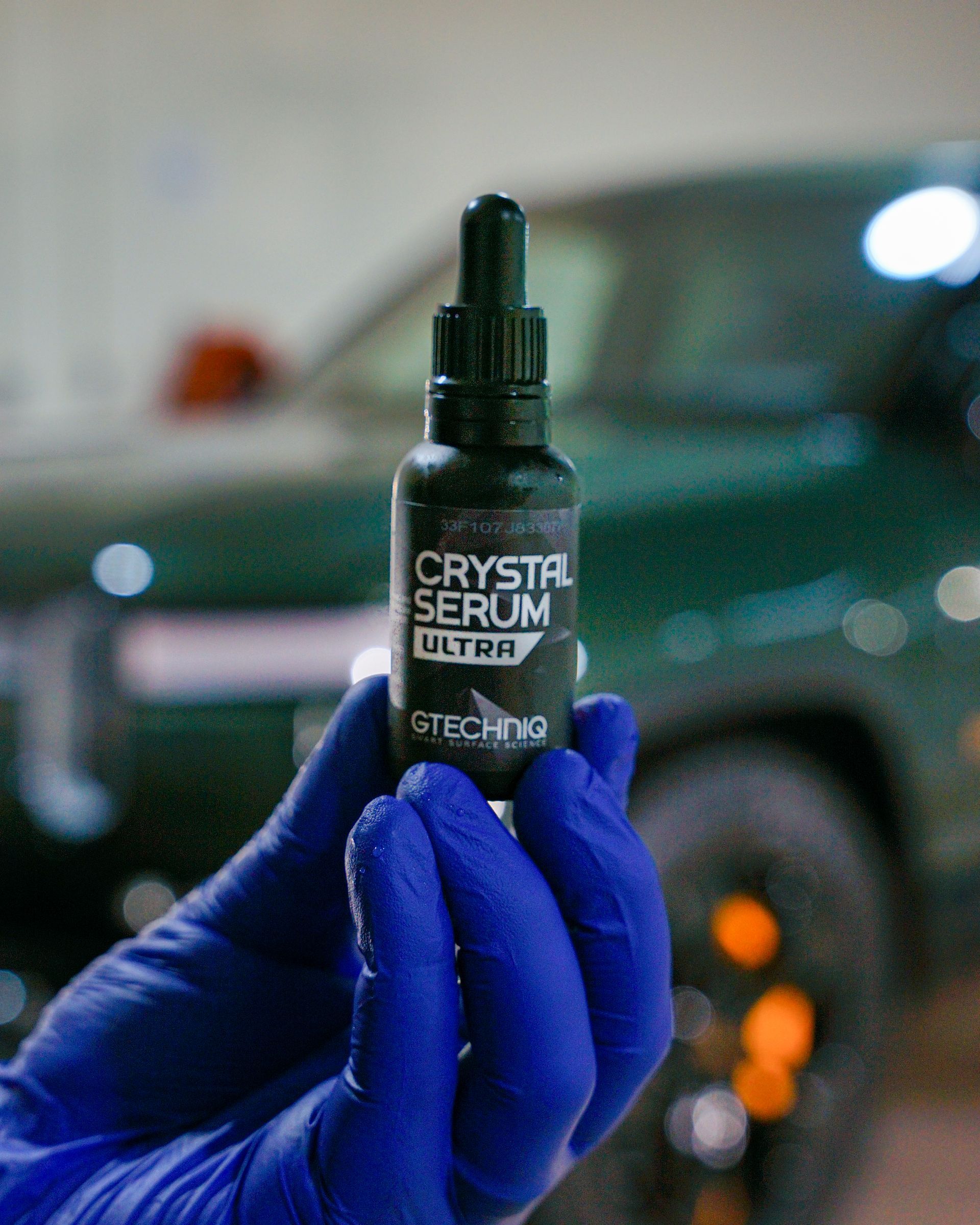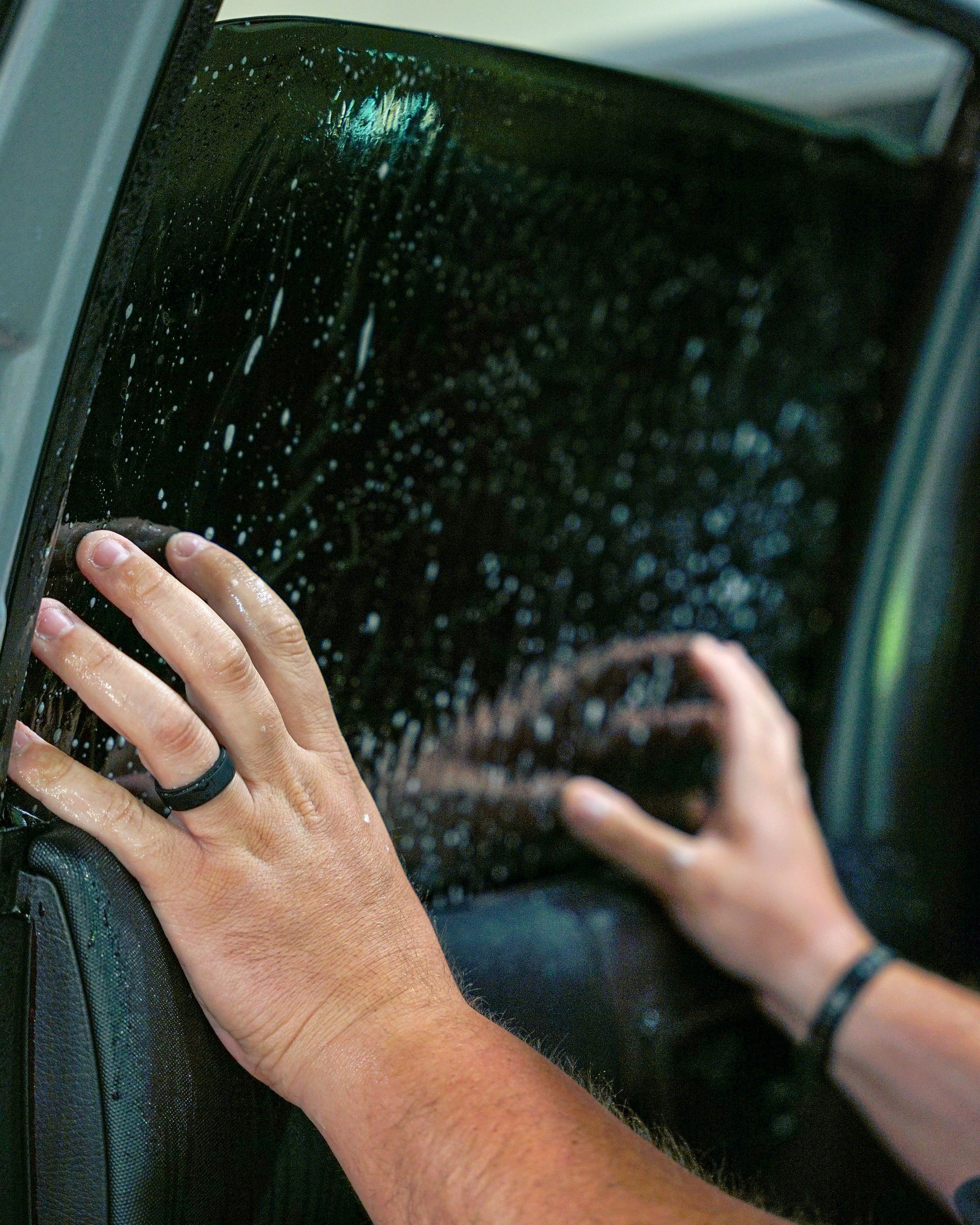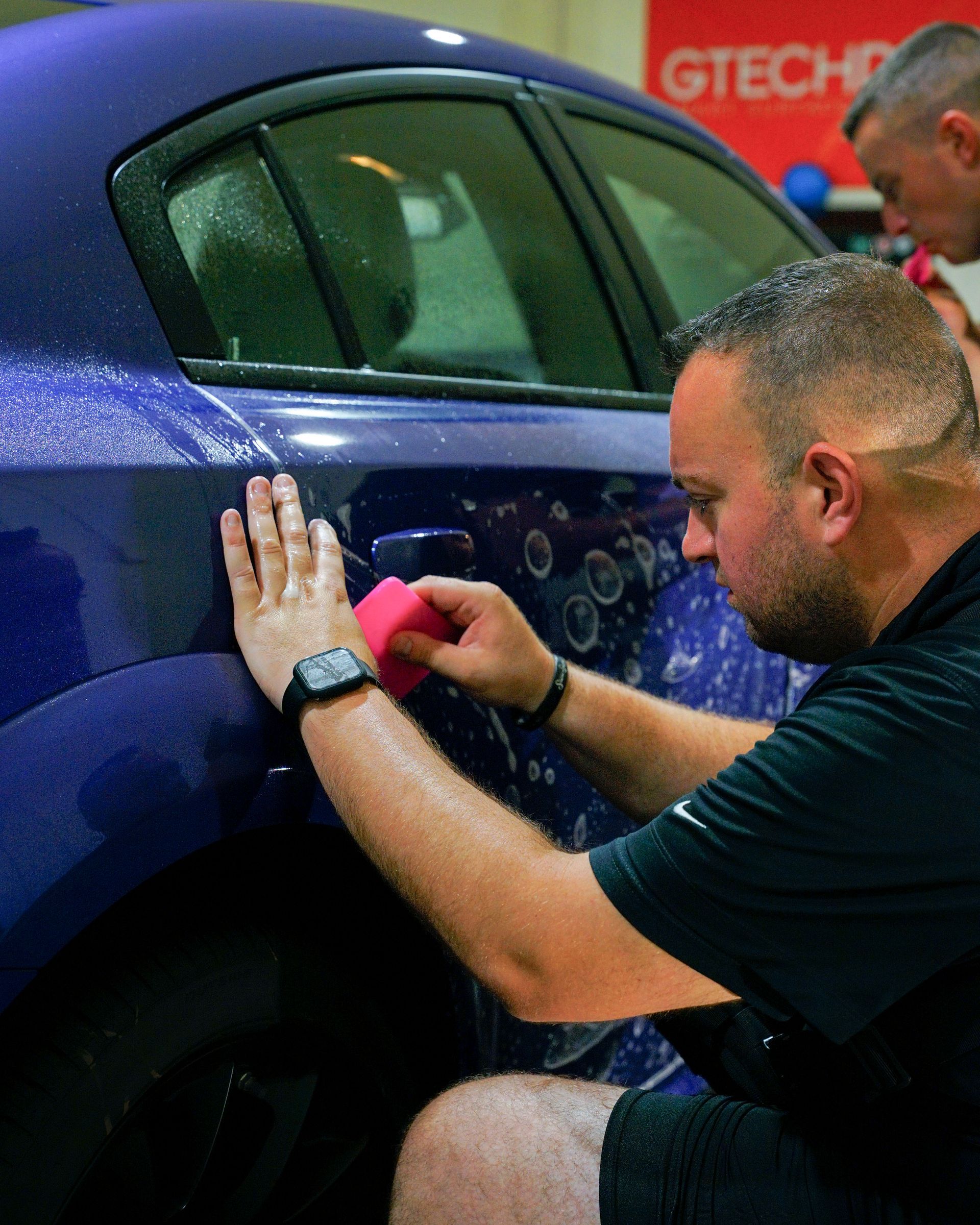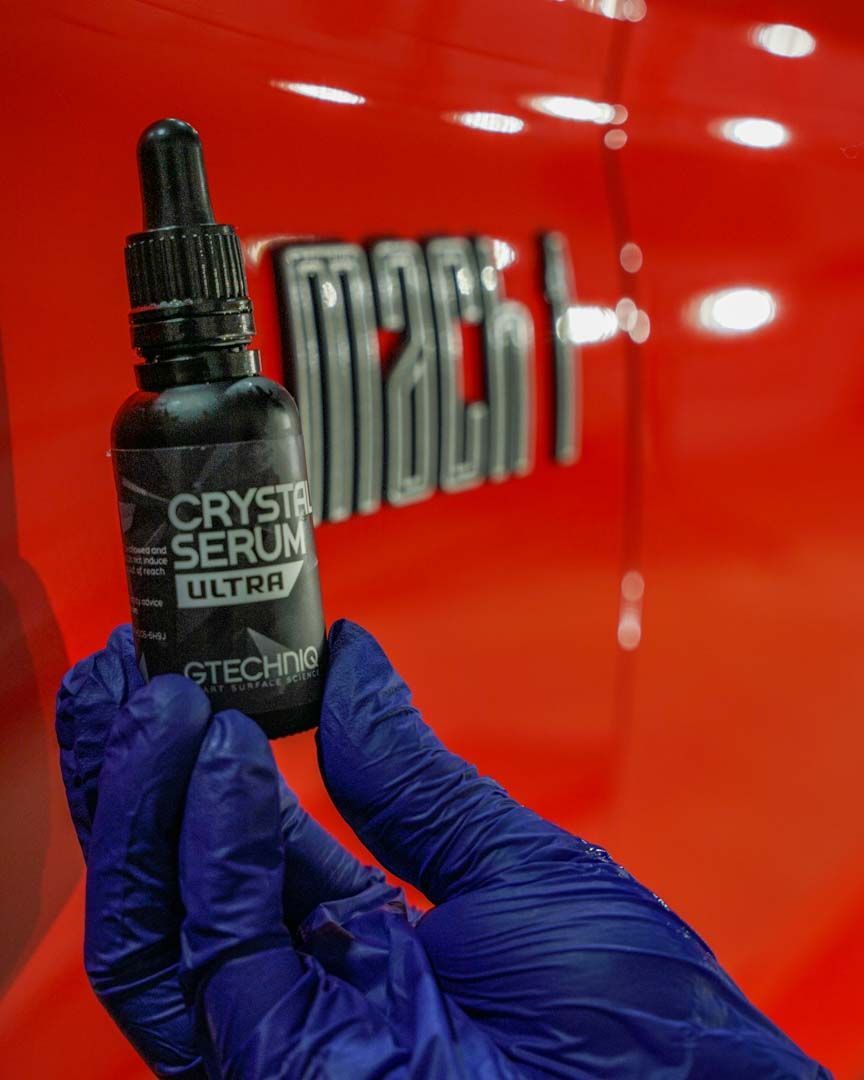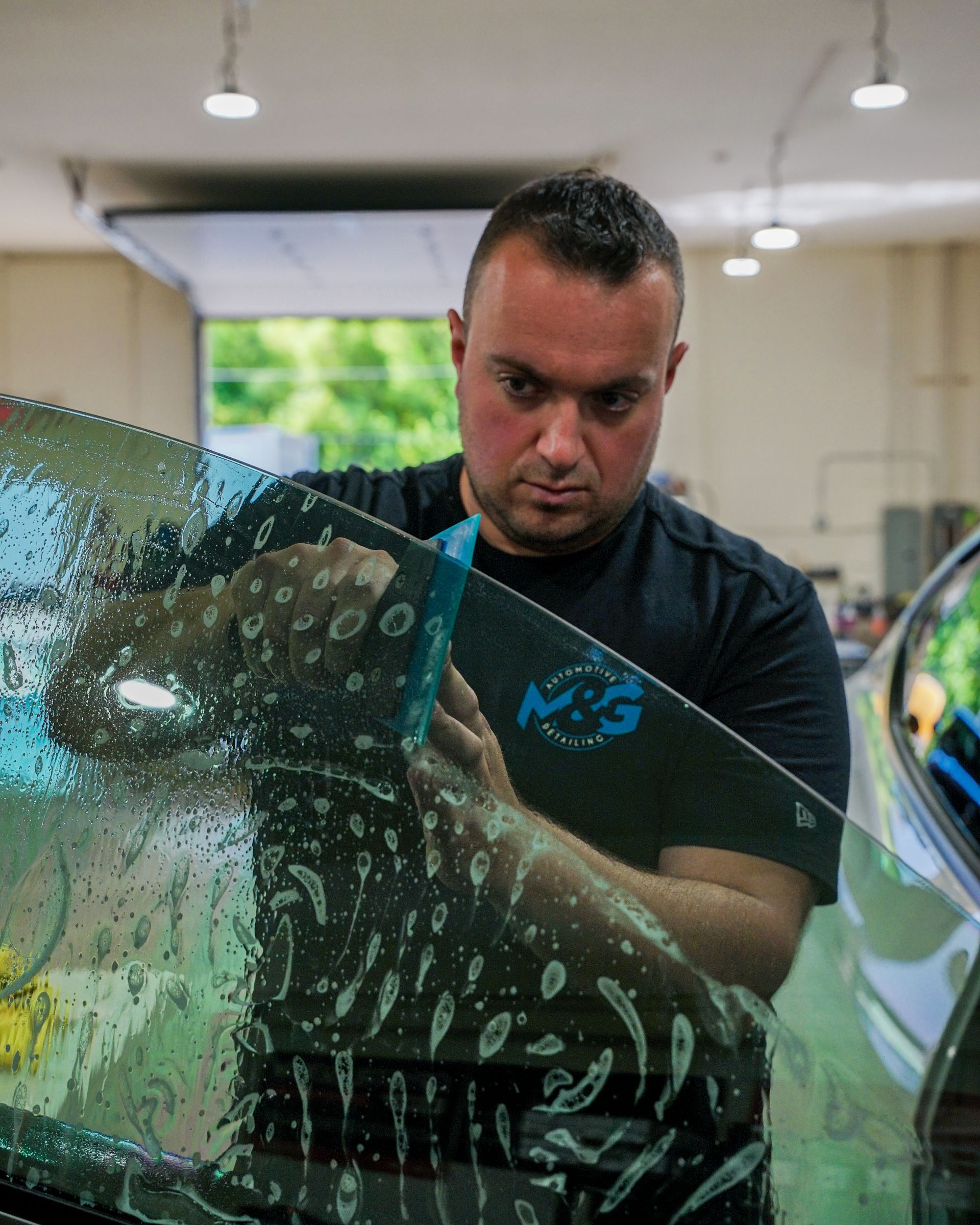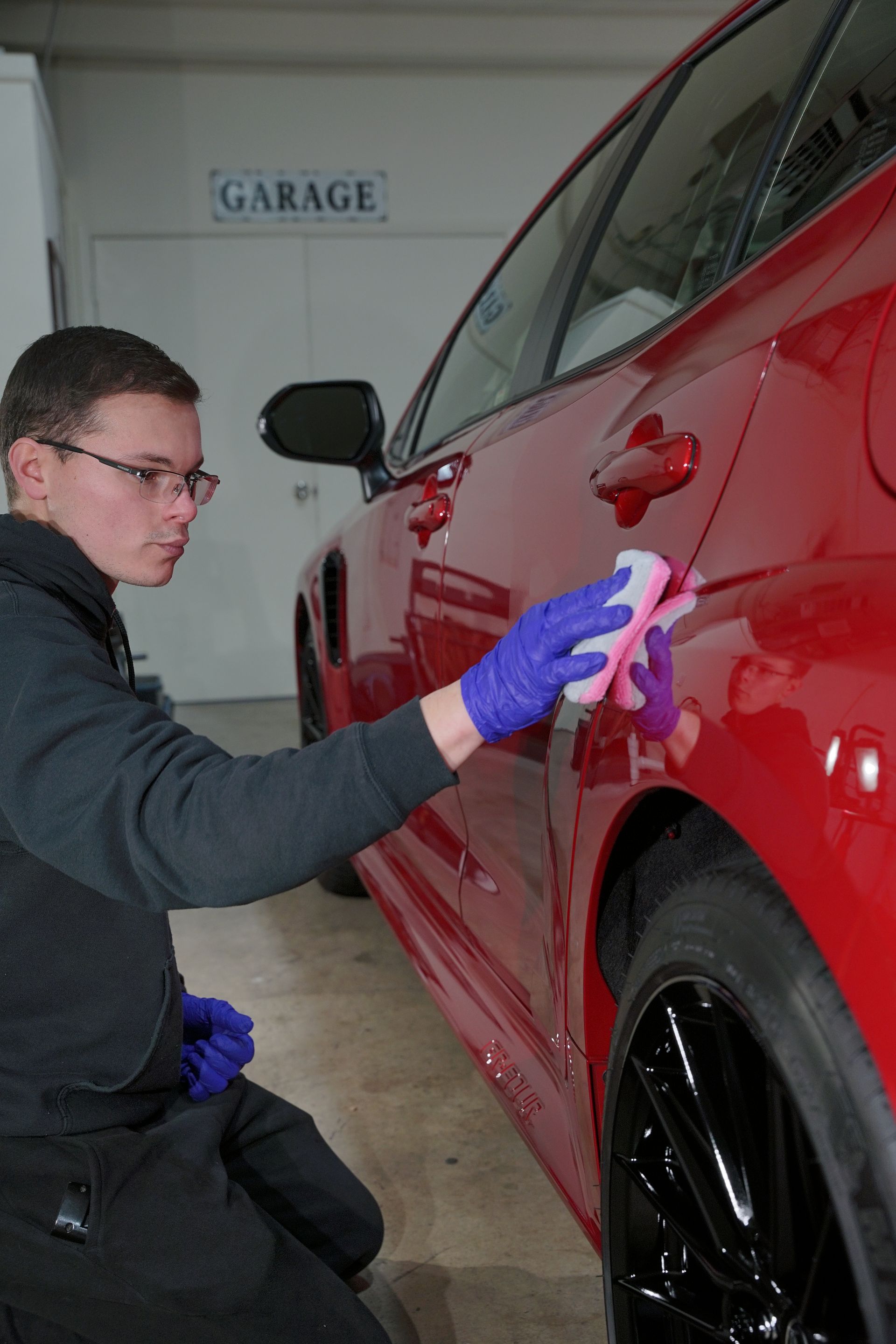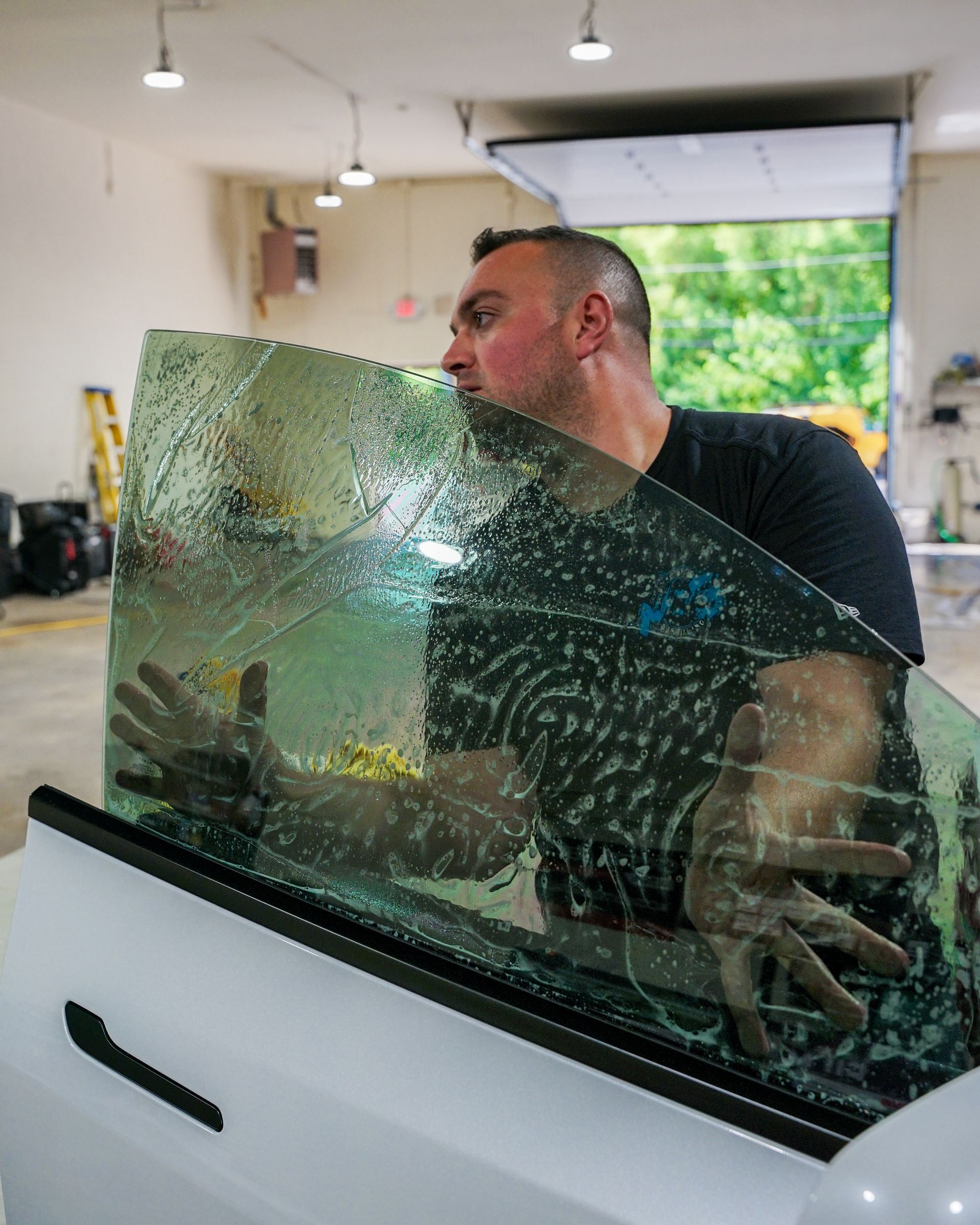Paint Protection Film for Tesla vs. Traditional Waxing: Which Offers Better Car Protection?
It's 2023, and the world of car protection has evolved dramatically. Paint protection film (PPF) for Tesla is making splashy waves within the auto industry, challenging age-old practices like traditional waxing head-on—raising a compelling discussion amongst car enthusiasts and experts alike. This blog post aims to delve into the battle between the emerging paint protection films for Tesla and time-honored waxing techniques. Which one really offers superior car protection? Buckle up as we navigate the twists and turns of this intriguing automotive debate!
Paint protection film (PPF) is generally considered to be the better option for long-term protection of your Tesla's paint since it offers superior protection against environmental attacks like stone chips, bird droppings, tree sap, acid rain, salt, and scratches. While traditional waxing provides temporary protection against water, it needs to be redone every few weeks, whereas PPF can last for years. Although the initial cost of PPF may be higher than waxing, it saves money in the long run as the cost of wax and the time spent on waxing add up over time.
What is Tesla Paint Protection Film?
If you're a Tesla owner looking for optimum protection for your beloved vehicle, you may have come across paint protection film for Tesla. But what exactly does it mean? It is a high-quality, transparent film that is meticulously applied to the exterior surfaces of a Tesla car to safeguard it against various hazards and preserve its pristine appearance. Paint protection film for Tesla is specifically designed to shield the car's paintwork from common threats such as stone chips, scratches, bug etching, and other forms of wear and tear that can occur during daily driving. This protective film acts as an invisible barrier that absorbs impacts and prevents them from reaching the delicate paint beneath. By adding an extra layer of defense, paint protection film ensures that your car stays looking fresh and new, even after facing the perils of the road.
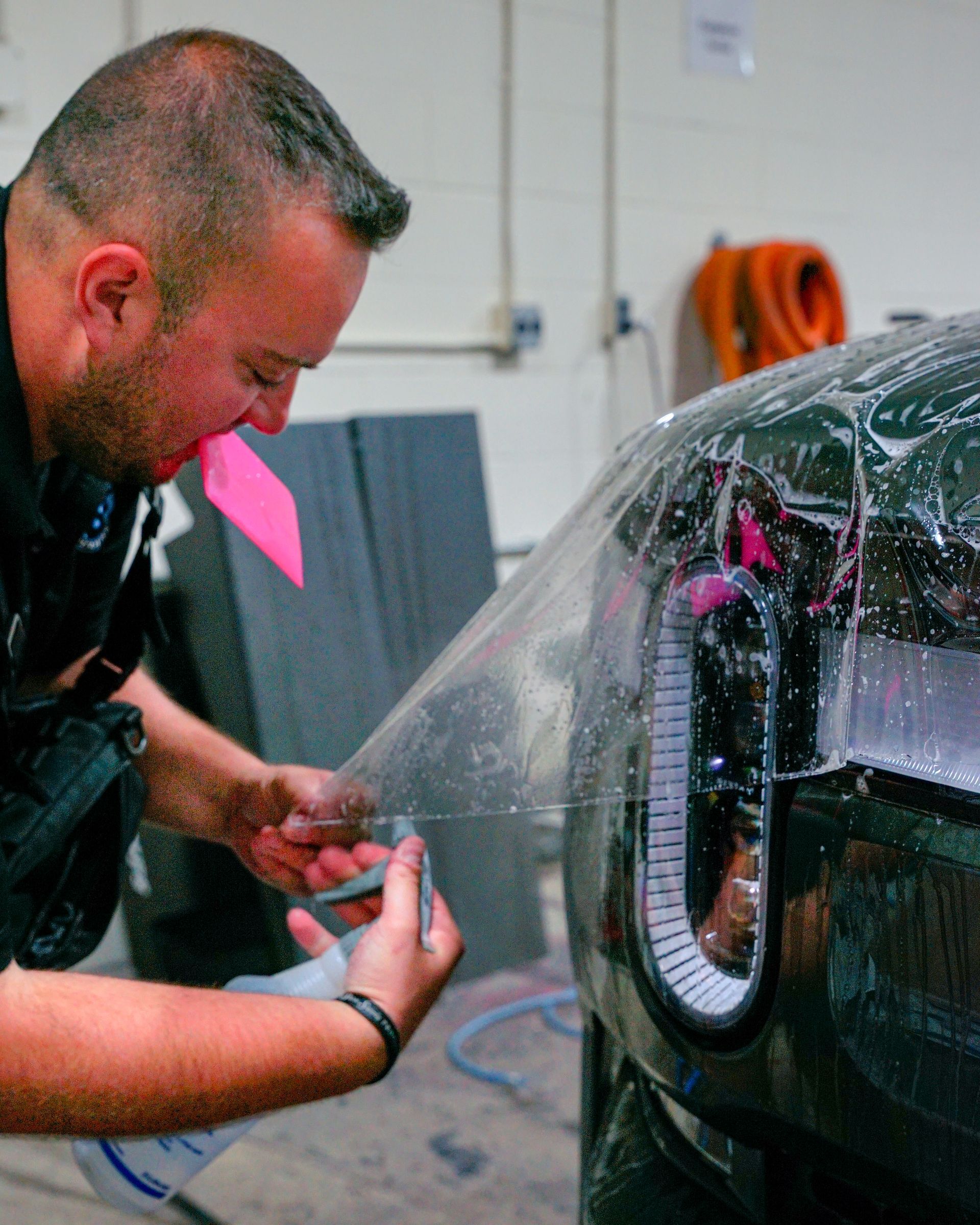
Features of Paint Protection Films for Tesla
Paint Protection Film for Tesla offers several features that set it apart from traditional waxing or other forms of surface protection. Let's delve into these features:
- Superior Coverage: Unlike waxing or other temporary solutions, Tesla paint protection films provide comprehensive coverage for all high-traffic areas of your vehicle, including the front bumper, hood, fenders, side mirrors, and rocker panels. This ensures that vulnerable parts are adequately protected, reducing the risk of damage caused by road debris or environmental factors.
- Long-lasting Durability: Traditional waxing offers a limited lifespan, requiring frequent reapplication to maintain optimal protection. In contrast, PPF offers long-lasting durability due to its excellent resistance to elements like UV rays, extreme weather conditions, and chemicals encountered on the road. This means less maintenance and peace of mind knowing that your car's exterior is consistently safeguarded.
- Enhanced Aesthetics: Paint protection films for Tesla are designed to be virtually invisible, preserving the original color and finish of your vehicle. The film is optically clear and has self-healing properties, meaning that minor scratches or swirl marks can disappear with the application of heat. This ensures that your Tesla maintains its sleek look while staying well protected.
- Professional Installation: Applying paint protection films for Tesla requires skill and expertise to ensure a precise fit and seamless appearance. It is advisable to have experienced technicians who specialize in installing paint protection film install the film. Their experience and attention to detail will result in a flawless finish that enhances both the protection and aesthetics of your Tesla.
- Value Retention: Investing in paint protection films for your Tesla can help maintain the resale value of your car over time. By protecting the original paint from damage, you can avoid costly repairs or repainting down the line. Additionally, potential buyers will appreciate the added assurance of a vehicle that has been well-maintained and protected, potentially commanding a higher price in the used car market.
Understanding Traditional Waxing
The practice of traditional waxing has been a longstanding method used to protect and enhance the appearance of cars. Waxing involves applying a thin layer of wax to the car's painted surface, which forms a protective barrier against various elements such as UV rays, dirt, and bird droppings.
Benefits of Traditional Waxing
Traditional waxing has been a popular method for car owners to protect their vehicles' paintwork for many years. While it may not offer the same level of protection as more advanced options like paint protection film, it still provides several benefits worth considering.
One of the significant advantages of traditional waxing is its ease of application. Waxing is simpler to do than more sophisticated coating options, which call for specialized tools and expert installation. It allows individuals to maintain their car's appearance conveniently without the need for professional intervention. Additionally, traditional waxing can provide a glossy finish that enhances the visual appeal of the vehicle. When applied correctly, the wax creates a smooth and reflective surface that can make the paintwork shine. This aesthetic benefit can significantly enhance the overall appearance of a car, giving it a polished and well-maintained look.
Another advantage of traditional waxing is its affordability compared to more advanced coating options. Wax products are readily available in various price ranges, allowing individuals with different budget constraints to find suitable options. This accessibility makes traditional waxing an attractive choice for those who prioritize cost-effectiveness while still aiming for some level of paint protection. Moreover, traditional waxes offer some level of protection against environmental elements such as UV rays, bird droppings, etc. While it may not be as durable or long-lasting as advanced coatings, wax can still act as a barrier between your vehicle's paint and harmful substances in the environment. It provides temporary protection against water spots, dust, and other contaminants that could otherwise damage the car's paintwork over time.
Limitations of Traditional Waxing
Although traditional waxing has its perks, it does come with certain limitations that should be taken into consideration when choosing a car protection method. One significant limitation of traditional waxing is its temporary nature. Unlike more advanced options like paint protection films or ceramic coatings, which can provide long-term protection lasting several years, wax needs to be reapplied every few weeks to maintain its effectiveness. This frequent reapplication can be time-consuming for car owners who prefer a low-maintenance solution or have a busy schedule.
Additionally, traditional waxing may not offer sufficient protection against major damage or harsh environmental elements. While it can provide some level of defense against UV rays and other environmental contaminants, it may not be as effective in safeguarding the vehicle's paintwork from more severe impacts, such as stone chips or acid rain. Therefore, if you live in an area with inclement weather conditions or frequently encounter road debris, traditional waxing may not be the most suitable choice for comprehensive car protection. Traditional waxing also does not provide the same level of durability as advanced coating options. Over time, the wax layer can wear off, reducing its effectiveness in protecting the paintwork. Regular exposure to external factors like sunlight and harsh weather conditions can expedite this process. As a result, the car owner may need to invest more time and effort into maintaining the wax layer for continuous protection.
Lastly, traditional waxing may not offer a superior level of shine and aesthetics compared to more advanced coating options. While it does provide a glossy finish initially, this shine might fade over time due to exposure to sunlight and other environmental factors. In contrast, ceramic coatings and PPF are known for their ability to retain their shine for extended periods without the same level of maintenance required for traditional waxing.
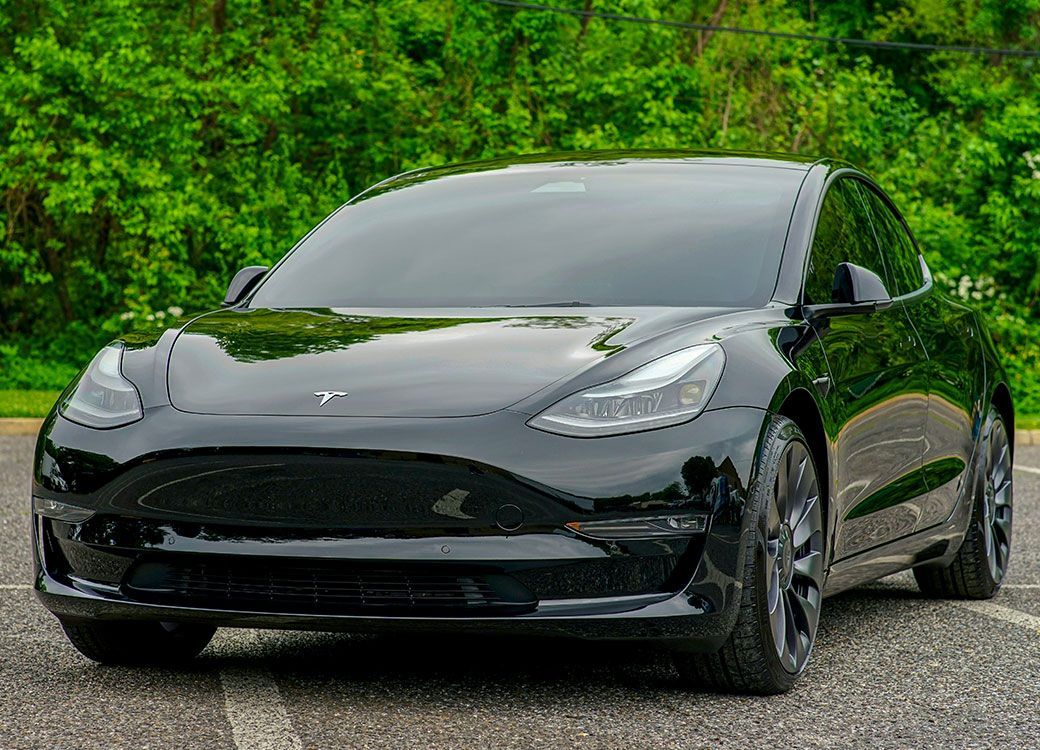
Paint Protection Films for Tesla vs. Traditional Waxing
When it comes to protecting the paintwork of your beloved Tesla, two popular options stand out: paint protection film and traditional waxing. Both methods have their own unique advantages and disadvantages, making it essential to understand their differences before deciding which one would offer better car protection.
Traditional waxing has long been a go-to method for many car owners due to its ease of application and affordability. Regular waxing provides a temporary layer of protection against water, dirt, and UV rays. It gives your car a glossy shine that can enhance its appearance, especially when applied frequently. However, the protective properties of wax wear off relatively quickly, necessitating regular reapplication every few weeks to maintain its effectiveness. In contrast, paint protection film offers a more comprehensive and long-lasting form of protection for your vehicle. The film is made from high-quality polyurethane material that is carefully applied over the car's paintwork. This transparent layer acts as a shield against environmental threats like stone chips, bird droppings, tree sap, acid rain, salt, and scratches.
Additionally, paint protection film has hydrophobic properties that repel water and make cleaning easier. The film also provides superior shine compared to traditional waxing, particularly on metallic paintwork. Although the initial cost of installing a paint protection film may be higher than regular waxing, it saves money in the long run as you won't have to spend on frequent wax applications or potential paint repairs caused by damage.
Making the Choice for Your Tesla: Paint Protection Film or Traditional Waxing
Determining whether to opt for paint protection film or traditional waxing depends on several factors, including your budget, the value of your car, and the level of protection you desire. If you're looking for a cost-effective option and don't mind regular maintenance, traditional waxing may be suitable. Waxing can provide a satisfactory level of protection for everyday use and can maintain a good shine with proper care. It's also a viable option if your vehicle is not regularly exposed to extreme driving conditions or harsh environments.
However, if you value long-term protection and want the highest level of defense for your Tesla's paintwork, paint protection film is the way to go. The film's ability to protect against major damage like stone chips or scratches sets it apart from regular waxing. Additionally, PPF can increase the resale value of your vehicle, making it an investment in both protection and future returns.
When making your decision, consider the condition of your car's paintwork, your driving habits, and your expectations regarding longevity and appearance. Consulting with professionals who specialize in installing ceramic coatings on Tesla cars—like M&G Automotive Detailing—can provide valuable insights into what would work best for your specific situation.
Trusted Paint Protection Film Service for Tesla in Cherry Hill, NJ
When it comes to safeguarding your beloved Tesla in Cherry Hill, NJ, M&G Automotive Detailing stands as the undisputed choice for paint protection film services. While traditional waxing may offer a temporary shine, our trusted and advanced PPF solutions provide unmatched protection against road debris, harsh weather, and daily wear and tear, ensuring your Tesla's paintwork remains pristine for years to come. Don't compromise on the safety and longevity of your vehicle's appearance. Choose M&G Automotive Detailing today and experience the ultimate in Tesla paint protection. Schedule your appointment now and drive with confidence, knowing your Tesla is in the best hands possible. Your car deserves the best, and we're here to deliver it!



